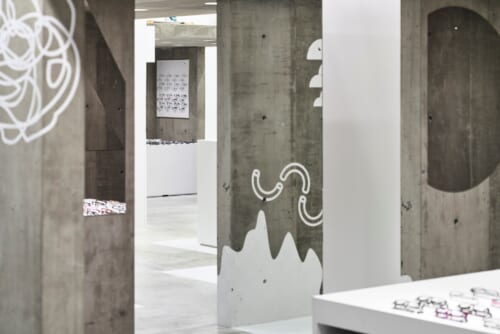Ankokuron-ji temple is one of the easily missed highlights of a sightseeing trip to Kamakura, sitting outside of the bustling city center. Its full name is Myōhōkekyōzan Ankokuron-ji (妙法華経山安国論寺). The temple is one of several of the Nichiren sect of the Japanese branch of Buddhism. In fact, Ankokuron-ji temple was founded by Priest Nichiren himself around the year 1253 during his first visit to Kamakura. Rumors suggest Nichiren made the temple his home for several years.
Ankokuron-ji temple is in the southeastern hills of a quaint residential neighborhood with a rustic atmosphere that could be described as distinctly Japanese. Even better, it is quite close to Kamakura Station while still evading the attention of the larger tourist groups.
Entering the Ankokuron-ji temple compound, one finds a nearly straight road to the main building. It’s important to note that the main area of the compound features little stairs, which makes the temple quite accessible except for wheelchair-using travelers.
Inside Ankokuron-ji temple is a veritable bamboo forest, which adds to the impressive atmosphere of the temple and gives it a very Japanese feel. This atmosphere is contrasted with the somber feel of the traditional graveyard, also located in the temple’s compound. The cemetery contains the ashes of the late Nichiren.
The stone lanterns near the entrance of the temple compound were brought to Ankokuron-ji temple from Tokyo’s famous and beautiful Zōjō-ji temple.

In the back of the Ankokuron-ji temple compound, one finds several sets of stairs. Travelers daring enough to climb them – don’t try this in the middle of summer with the blazing sun burning down on your head – will be rewarded with some amazing views of the temple, the compound, the surrounding residential on one side, and the small forest on the other side.
Please note that this multi-layered area is not accessible for movement-impaired travelers, and we will not spoil what is at the very top of the exhilarating, challenging climb. Please take note that some of the areas one has to climb are quite steep. Therefore, attempts should only be made during dry weather and while one is wearing sturdy shoes made for walking or hiking.
[cft format=0]













No Comments yet!